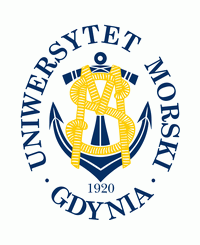The work before us is a proof that the doctrine of mechanics is of the utmost importance to mankind in general, and to civil society in particular, which could hardly subsist without it.
The author of this work is Mr. W. Emerson who is well known in the literary world, from several ingenious writings with which he has obliged the public; some of which have passed under our consideration since the commencement of the Review. In this treatise Mr. Emerson has laid down the fundamental principles both of theory and practice, and demonstrated most of them from the common elementary geometry, and the rest from the common rules of algebra; which is certainly the best method of rendering a treatise of this kind useful to the generality of readers, the fluxionary calculus being too difficult for them to understand.
The work is divided into thirteen sections: the 1st. contains the general laws of motion. 2. The laws of gravity, the descent of heavy bodies, and the motion of projectiles. 3. The properties of the mechanical powers; the balance, the leaver, the wheel, the pulley, the screw, and the wedge. 4. The descent of bodies upon inclined planes, and in curve surfaces; and the motion of pendulums. 5. The center of gravity, and its properties. 6. The centers of percussion, oscillation, and gyration. 7. The quantity and direction of the pressure of beams of timber, by their weight; and the forces necessary to sustain them. 8. The strength of beams of timber in all positions; and their stress by any weight acting upon them, or by any forces applied to them. 9. The properties of fluids, the principles of hydrostatics, hydraulics, and pneumatics, 10. The resistance of fluids, their forces and actions upon bodies; the motions of ships, and the positions of their fails. 11. Methods of communicating, directing, and regulating any motion in the practice of mechanics. 12. The powers and properties of compound engines; of forces acting within the machines; and concerning friction. 13. The description of compound machines or engines, and the methods of computing their powers or forces; with some account as the advantages or disadvantages of their construction.
Ralph Griffiths, George Edward Griffiths (1754) The Monthly Review. Vol 11. p. 490-491


